Forest Flame Pieris
$39.50 Original price was: $39.50.$27.65Current price is: $27.65.
- Free Shipping over $25
- Fast & reliable delivery options
- Enjoy top quality items for less
- Multiple safe payment methods

There is a select group of plants that grab the attention of gardeners, generation after generation. “Once seen, never forgotten,” these plants are so striking and appealing that every new entrant into the world of plants sooner or later learns of them and simply has to have them. One of the most appealing and eye-catching members of this special club is the Forest Flame Pieris. The result of a chance seedling and a sharp-eyed nurseryman, this shrub has delighted lovers of beautiful plants for 75 years now, and it will certainly still be doing that for another 75, when our present century will be winding down. Seen beneath trees it really is a beacon of fire, glowing in the broken shade, and it is just as striking in a more organized garden setting. A broad, upright evergreen shrub over 6 feet tall and wide, every spring the new leaves are brilliant red – and that follows an early blooming of long clusters of fragrant, white bells. The new leaves change through pink, gold, and pale green until maturing, creating a wonderful spectacle for weeks. This amazing plant is also one of the easiest of all the Pieris to grow successfully. Now is the time to find a place for the Forest Flame Pieris in your garden.
Growing the Forest Flame Pieris
Size and Appearance
The Forest Flame Pieris is a rounded evergreen bush, with several major stems rising from the base. It grows steadily into a plant that will be 6 feet tall and almost as wide, with the potential for reaching 10 feet in time. The sturdy limbs are mostly hidden by the large leaves, but when we can see them, at the base of older plants, they are rugged and covered in attractive red-brown, flaking bark. The leathery leaves are smooth and glossy, 5 inches long and 1 inch wide, and a rich, dark green. They keep their rich color throughout the year, except for several weeks in spring when the new growth appears. Leafy shoots grow from the tip of every branch, and the young leaves are an ever-changing kaleidoscope of colors. At first they are bright, flaming red. Then they become pinker, turning lighter and lighter until they are a creamy white. Then green creeps in, turning them pale chartreuse, which gradually darkens until they reach their final mature dark-green. These transitions last over several weeks, creating an extremely colorful and unique show.
In September the first hint of blooming will be seen. Tiny, claw-like clusters of flower buds form at the tips of the stems, and these develop slowly over the winter until by spring they are large and decorative. Then they open into cascading clusters of blooms, 6 inches long, full of fragrant, pure-white, flowers like small hanging bells. The resemblance to lily-of-the-valley is striking, and this plant is sometimes called lily-of-the-valley shrub. The blooms are often still open when the first red stems begin to emerge, so that spring is a long, continuous display of beauty from this iconic plant.
Hardiness
The Forest Flame Pieris is hardy from zone 5 to zone 8. It grows best in areas with relatively mild winters and cooler, rainy summers, and should be grown in a sheltered spot in zone 5.
Sun Exposure and Soil Conditions
Morning sun and afternoon shade is ideal for the Forest Flame Pieris, and it will also grow in light dappled shade beneath deciduous trees. The soil should be rich, moist, well-drained and acidic. Pieris are not as sensitive to pH as rhododendrons and azaleas, and they will usually grow in soil that is neutral.
Maintenance and Pruning
Enrich the soil before planting with lime-free compost, rotted, leaves, peat moss or rotted pine needles. If the pH is between 6.5 and 7.0 it is helpful to apply chelated iron in spring and fall. Mulch in spring to conserve moisture and keep the roots cool. If you have soil with a pH above 7.0, then grow this plant in a pot, using potting soil for acid-loving plants. Water when the top ½ inch of the soil in your pot becomes dry, and feed regularly with azalea food. Pots can be left outside all winter in zones 7 and 8. In cooler zones either bury the pot temporarily for the winter or keep in a cold, well-lit place. Pests or diseases are rare, and trimming is not needed beyond removing flower stems that have finished blooming.
History and Origin of the Forest Flame Pieris
Pieris is a small group of plants, and the Japanese andromeda, or lily-of-the-valley bush, Pieris japonica, which is native to the mountains of Japan, Taiwan and parts of China is one of the most cold-resistant species. In contrast, the Chinese andromeda, Pieris formosa var. forrestii, is only hardy in zones 7 and 8. That plant has brilliant red spring growth, which makes it very desirable. Around 1946, at the Sunningdale Nurseries in Berkshire, England, both species were being grown in the same area. One day a grower noticed a seedling that had grown up naturally at the foot of a Japanese Andromeda. It looked different, so it was preserved and studied. It was found by experts to be a hybrid between the two species, which had happened quite naturally. This remarkable plant combined the cold-hardiness of the Japanese species with the red shoots of the Chinese one – a wonderful thing and a great benefit to gardeners. It was named ‘Forest Flame’, and it became famous and coveted almost as soon as it was released.
Buying the Forest Flame Pieris at The Tree Center
The Forest Flame Pieris was recognized by the Royal Horticultural Society of England as special, when it was given their Award of Garden Merit in 1973. It has the vigor of hybrids, and is a tougher plant, and easier to grow, than either parent. No wonder everyone wants one. You should order now, because these plants sell out very, very quickly.
Be the first to review “Forest Flame Pieris” Cancel reply
Related products
Lilacs
Ornamental Grasses
Butterfly Bush
Hydrangeas
Shrubs and Hedges
Butterfly Bush
Knock Out® Roses
Other Shrubs & Hedges

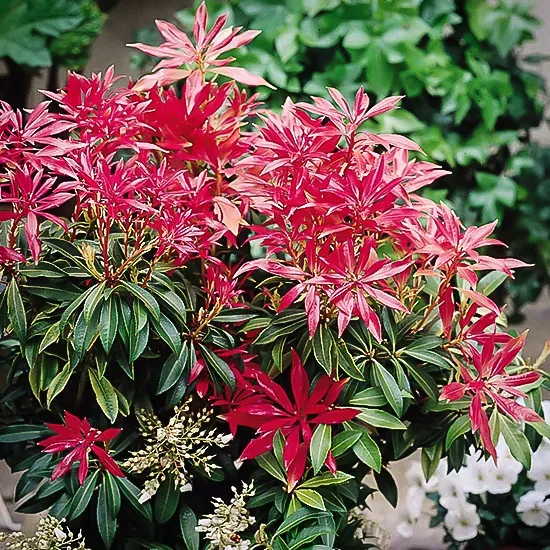
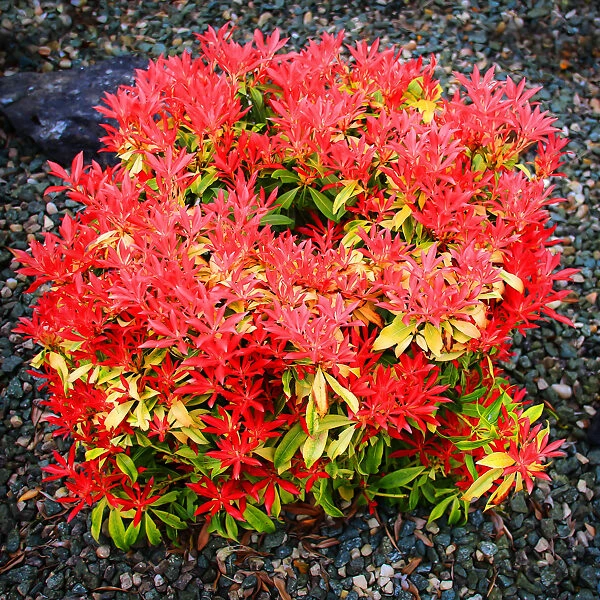
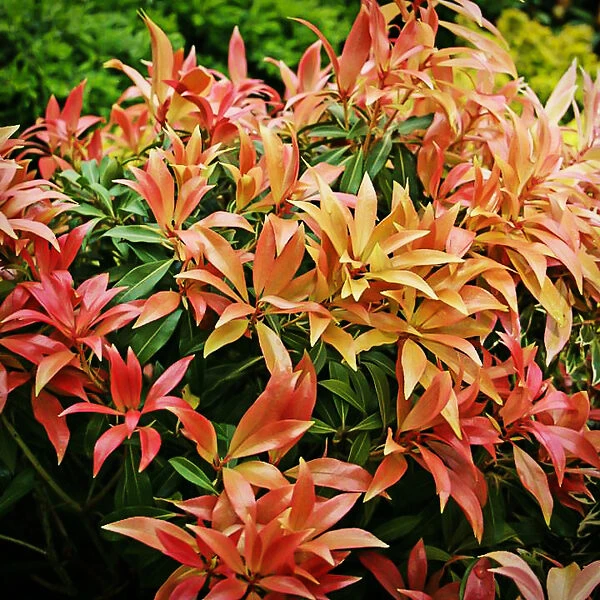
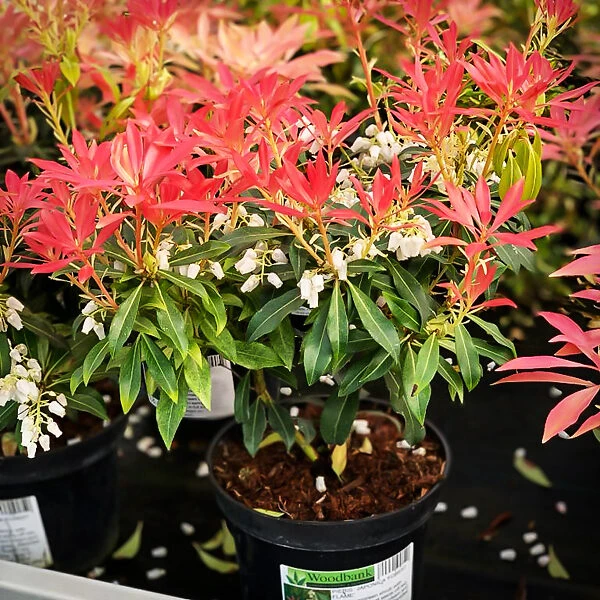

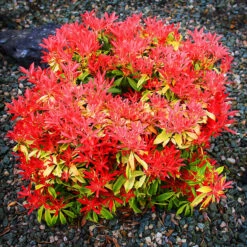



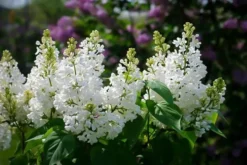
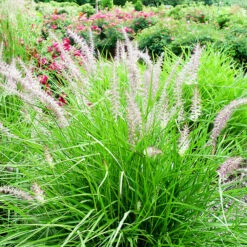
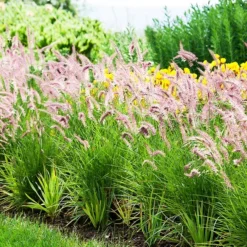



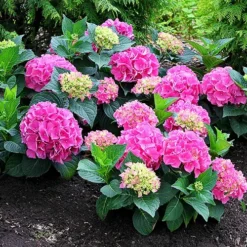
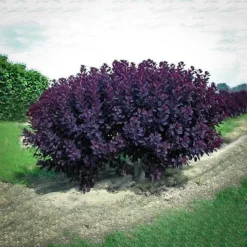
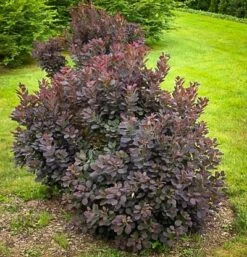

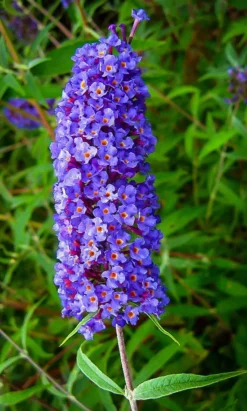

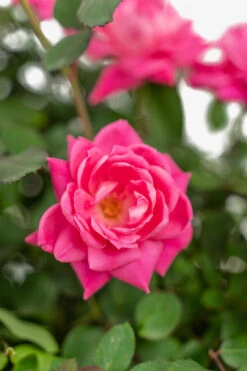
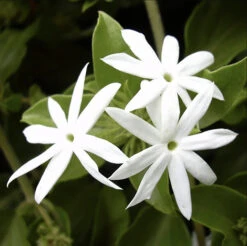
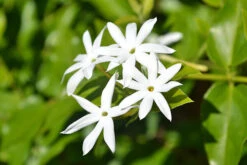
Reviews
There are no reviews yet.